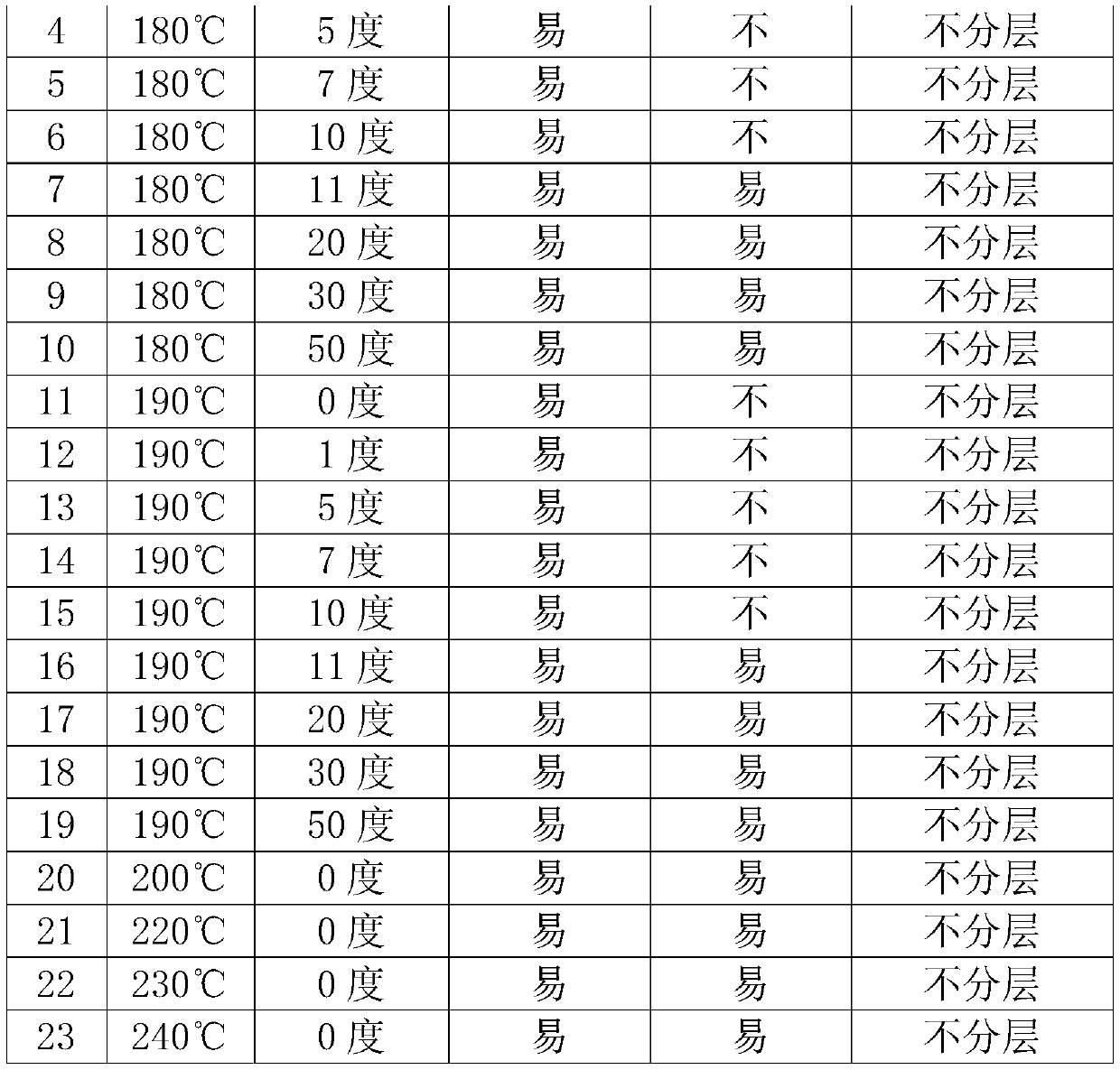Three-dimensional formed silk material and FDM three-dimensional forming method
A technology of 3D molding and silk material, which is applied in the field of 3D printing, can solve the problems of easy layering and cracking of 3D objects and affecting the use of 3D objects
- Summary
- Abstract
- Description
- Claims
- Application Information
AI Technical Summary
Problems solved by technology
Method used
Image
Examples
Embodiment Construction
[0021] The three-dimensional molding silk material of the present invention is made of the following raw materials: inorganic powder, binder and auxiliary agent. Wherein, the inorganic powder is metal powder or ceramic powder, and the content of the inorganic powder can reach more than 90wt% (weight percentage, the same below). The binder is composed of POM (polyoxymethylene) and TPE (thermoplastic elastic material). The POM is preferably a homopolymerized POM. The component ratio of POM and TPE in the binder is 1:1. The auxiliary agent is composed of a silicone powder lubricant and a zinc oxide heat stabilizer, and the component ratio of the silicone powder lubricant and the zinc oxide heat stabilizer in the auxiliary agent is 1:1. The above raw materials are mixed, and the mixed raw materials are extruded through a screw extruder and a forming extruder head to obtain a wire rod, and the wire rod is drawn through a wire drawing machine to obtain a three-dimensional molding wi...
PUM
| Property | Measurement | Unit |
|---|---|---|
| Melting point | aaaaa | aaaaa |
| Particle size | aaaaa | aaaaa |
| Shore hardness | aaaaa | aaaaa |
Abstract
Description
Claims
Application Information
 Login to View More
Login to View More - Generate Ideas
- Intellectual Property
- Life Sciences
- Materials
- Tech Scout
- Unparalleled Data Quality
- Higher Quality Content
- 60% Fewer Hallucinations
Browse by: Latest US Patents, China's latest patents, Technical Efficacy Thesaurus, Application Domain, Technology Topic, Popular Technical Reports.
© 2025 PatSnap. All rights reserved.Legal|Privacy policy|Modern Slavery Act Transparency Statement|Sitemap|About US| Contact US: help@patsnap.com



